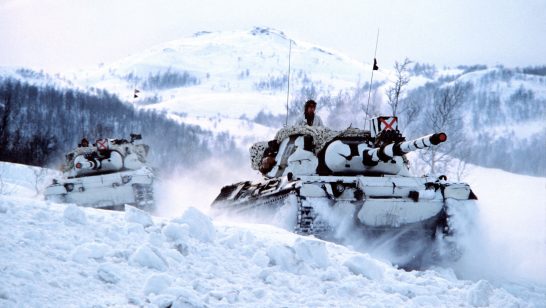
It all seemed to be going so well. After Russia’s financial crash of 1998, the state’s GDP had grown by more than 60% by 2014 and had reached 6th place in the world by purchasing power parity. GDP per capita increased over 200% and reserves stood at around $500bn, placing Russia 5th in the world. Signs of a slowdown were visible but appeared manageable. Huge investment in Sochi also produced an Olympic triumph, a symbol of the new era of success and growth.
However with the coup d’etat in Kiev, referendum in Crimea, war in Donbass, the introduction of sanctions and collapse in oil prices things suddenly changed.
One day in December 2014, rates at currency exchange bureaus went haywire; clients queued up in banks in large numbers, while electronics stores and car showrooms emptied in a matter of hours. The prospect of another economic crisis loomed.
Although some were quick to attribute the crisis to the effectiveness of American diplomacy and its sanctions policy, the problems of the Russian economy are far more complex. First and foremost, they are rooted in its domestic structural deficiencies: a high dependence on the export of hydrocarbons as well as imports of consumer goods and technology, and a lack of resilience. While sanctions and diplomatic pressure from Washington played a role, their “success” coincided conveniently with dramatic changes in the oil market, something which the Russian economy could not offset.
And yet, claiming that Russia’s economy is “in tatters”, as President Obama did in his State of the Union address, is premature. National reserves, which are still impressive at $380bn, should provide a cushion. Russian spirits also remain high and combatant, laying the blame with (what they feel are) unjust policies of the West towards Russia.
Despite this, 2015 will no doubt be a hard year for Russia. GDP is likely to shrink or at best teeter on the brink, and inflation is forecasted to remain in double-digit figures. Access to capital will be critical during this period. It is currently limited to sovereign reserves and measures aimed at limiting capital flight from the country, which was $150bn in 2014 alone.
For ordinary Russians, purchasing power is the first casualty as prices of all imported goods jump and savings in rubles melt away. Middle-class dwellers of the national and regional capitals are also in the crosshairs, as their salaries, almost double the national average, are set to fall. The rest of the country barely has any savings; at least 52% of the Russians say that they don’t. For them, the shock of a changed lifestyle will be much more limited.
People across the country will also be more exposed should import-dependent industries fail to cope with currency devaluation and limited access to capital. An anti-crisis program is currently being considered by the government but the overall expectation is that it will be run very much on an ad-hoc basis, with an issue-by-issue consideration of centrally distributed support packages.
In Chinese, the word “crisis” comprises two characters, which mean “risk” and “opportunity”. Russia quite successfully seized the opportunities presented by the crisis of 1998. It failed to do that equally well in 2008-2009. Seizing the opportunity this time will be essential to jumpstart the new cycle of development of the Russian economy.
The key objective both for the government and businesses alike is to address the lack of diversification, build resilience and generate new sources of growth. The crisis and a weaker ruble create a necessity and an opportunity to develop domestic production, improve efficiency and develop a new non-hydrocarbon foundation for the Russian economy.
More is also expected from the people. They would need to be more innovative in their business dealings and cut consumer spending. They would also need to work harder: productivity is an area with clear room for improvement – it remains 2.5 times lower than that in any of the G7 countries and 4 times lower than in Norway. This will form part of a proper response to negative external developments.
There is little expectation that the international context will change. No breakthroughs are expected in the Donbass and, while sanctions are also hitting Russia’s trading partners in Europe, there are no illusions about the possibility of them being lifted. The price of oil is harder to predict but a moderate price of oil might work even better for the future of Russia than another $100+ per barrel bonanza.
Russia has been waiting for an opportunity to reform its economy and now it is high time, if not necessarily an ideal time, to do so. Moscow might have needed to be cajoled into reform, but it has enough strength and talent to emerge from it stronger.
The opinions articulated above represent the views of the author(s), and do not necessarily reflect the position of the European Leadership Network or any of its members. The ELN’s aim is to encourage debates that will help develop Europe’s capacity to address the pressing foreign, defence, and security challenges of our time.


